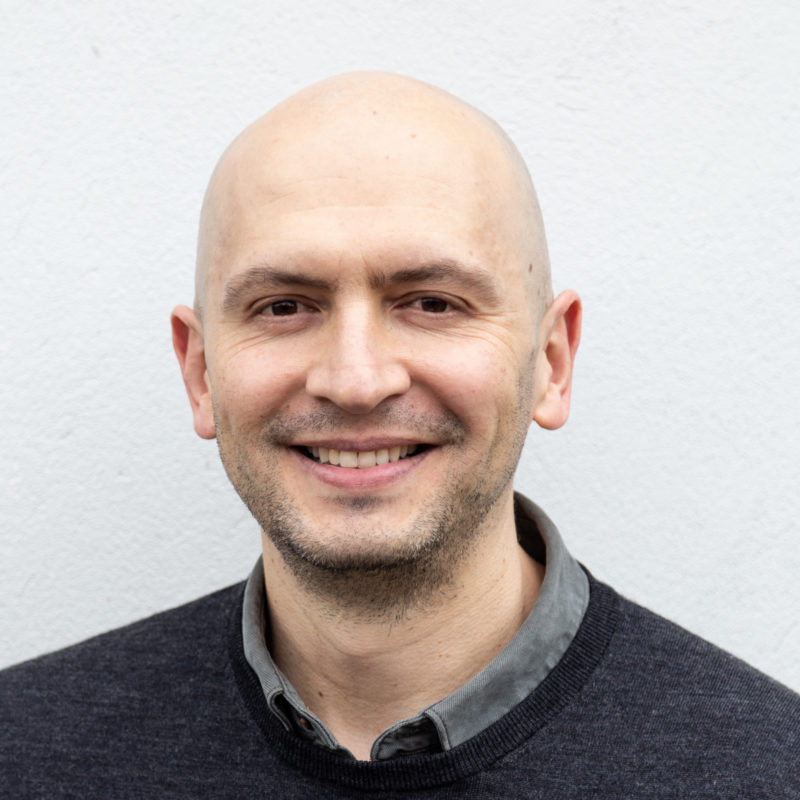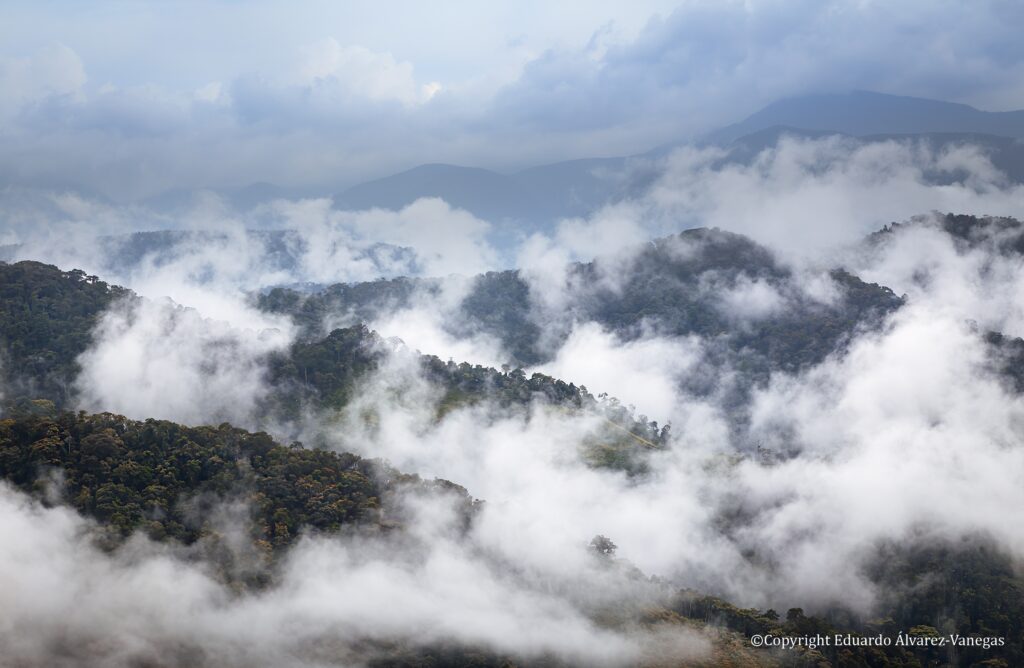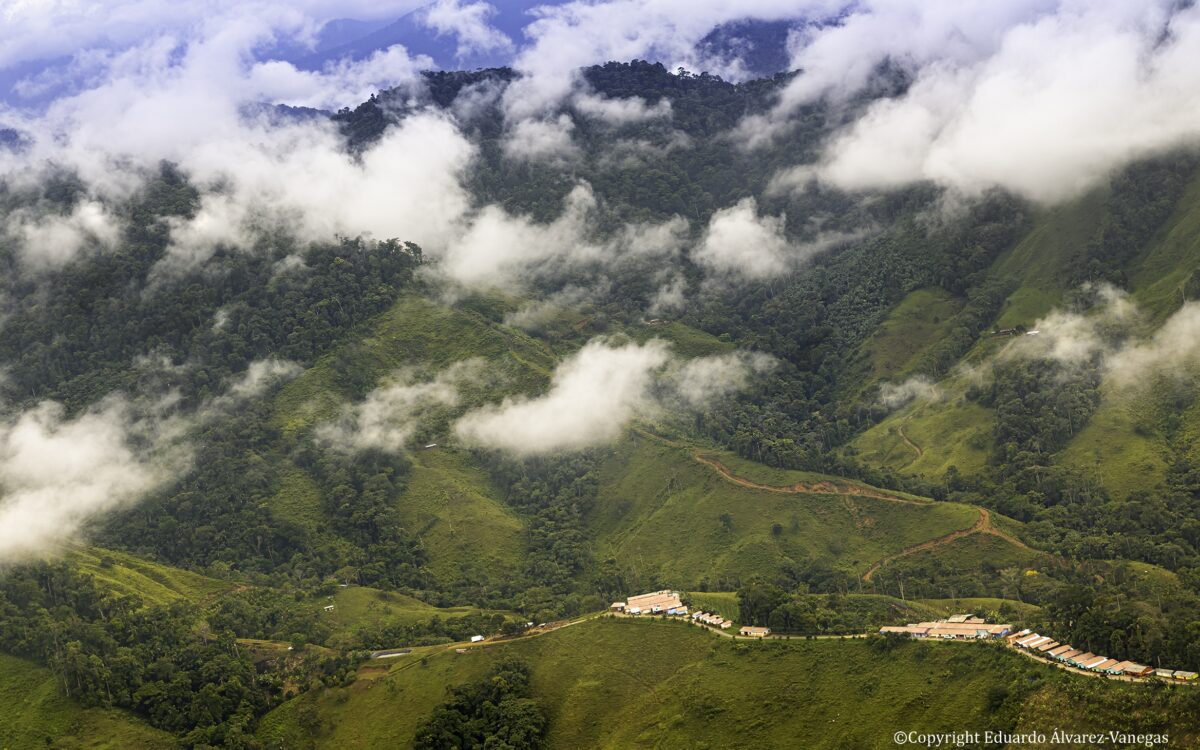
Eduardo Álvarez-Vanegas
‘In trembling voices or, in some cases, statements such as “I don’t want to talk about that” former FARC-EP combatants shared with me the details of how counterinsurgency disrupted everyday life during the war, revealing the organisational effects of counterinsurgency.’
Introduction
In 2022 I spent eight months in Colombia conducting life-history interviews with former combatants about the Revolutionary Armed Forces of Colombia-People’s Army (FARC-EP) dissident groups or breakaway factions that in 2016 rejected the peace process during the negotiation phase with the Colombian government in Havana, Cuba. I also interviewed retired and active military personnel, members of the negotiating teams in their confidential and public phases (2010-2016), and other sectors relevant to my research on the fragmentation of non-state armed organisations. In this blog post, I share some of the ethnographic surprises that emerged through this research and in particular the unexpected impacts of counterinsurgency within the FARC-EP
Fieldwork in Colombia as a Colombian
One enters the field with prior knowledge, ideas and research protocols. Being Colombian and having worked and done research in my country since 2005 became a double-edged sword in these eight months. Sure: I have contacts, I am familiar with the regions I visited, I served in the military, which facilitated my approach to the military and the intelligence community, and I have prior knowledge on the fragmentation of the FARC-EP that helps me to doubt, to question more incisively and not to be easily surprised. But I also had significant confirmation biases —precisely because of my experience and knowledge of Colombia— and there were people I had previously encountered who tried to sabotage my research for a variety of reasons, personal and professional.
Also, the specificity of my research, and hence of the research participants I was interested in, made me adapt to uncertainty, unfamiliar rhythms, and logistical aspects that made my fieldwork even more challenging. I navigated these challenges by embracing chance and avoiding the “laboratory charade“, as Michael Taussig refers to the false aspirations of equating the field and everyday life to a laboratory where everything is under control. I also stayed open to what Anastasia Shesterinina (based on Lorraine Bayard) describes as “ethnographic surprises“, as “the emergence of unexpected yet systematic narratives and observations that emerge during fieldwork”. This agile and open research approach also follows from Renato Rosaldo’s work that calls on us not to impose “our own categories on people’s lives because they probably do not apply.”

Fragmentation, Counterinsurgency and Life histories
One of my first ethnographic surprises concerned my assumptions about the relationship between counterinsurgency and fragmentation. We know that counterinsurgency was a critical factor in the military and organisational decline of the FARC-EP, and it has also been studied as a source of fragmentation of non-state armed organisations, according to, for example, Paul Staniland’s work. However, my first formal and informal conversations revealed something different: how war and counterinsurgency are experienced, narrated, and lived according to the life histories of ex-combatants and retired military. Was I facing worlds apart? Apparently not.
To my surprise, the organisational effects of counterinsurgency progressively revealed themselves in the life stories of former FARC-EP combatants, military personnel who redesigned counterinsurgency in Colombia in the late 1990s and those who fought FARC-EP in the jungles.
I expected that FARC-EP ex-combatants who experienced counterinsurgency from 2002 onwards (the “new army”, as some referred to the Colombian military) would deny its effects because of my previous conversations with them shortly after demobilising in 2017. Why was this? Lack of reflexivity? Were they still following a script? Was this an expression of subordination still at work?
However, five years later, during my fieldwork in 2022, they were more open than I imagined, offering me their reflexivity and generous insights. They walked me through the counterinsurgency’s effects on their everyday life in the war, which affected the daily routines and practices that keep the cohesion of any armed organisation. Their gestures, silences and anecdotes, what Lee Ann Fujii called “meta-data”, revealed breaking points in their everyday lives as fighters: excessive mobility, not being able to spend more than a certain amount of time in the same camps, cooking times, loss of comrades and commanders, whom many described as being “like a dad”.
The disruption of everyday life was one of the organisational effects of counterinsurgency. What were the sources of these effects? The life histories of retired military members helped me to understand that it was a constellation of elements: strengthening of intelligence, infiltration operations, technology, more precise aerial bombardments, deaths of commanders and massive demobilisations (“desertions” according to FARC-EP’s parlance), “winning the night”, as a retired colonel explained to me, an expression that former combatants also used. There was also staying in the jungle, not seeing family for months, diseases, landmines… Members of the military I interviewed wanted to share their experiences because they sense academia rarely any engages with them.
In trembling voices or, in some cases, statements such as “I don’t want to talk about that” former FARC-EP combatants shared with me the details of how counterinsurgency disrupted everyday life during the war, revealing the organisational effects of counterinsurgency. The effects of aerial bombardments, seeing their comrades maimed and mass desertions afterwards, were revealed as much as the terror of not knowing where the enemy was because, to their surprise, that enemy (the Colombian army) had entered the jungle and learned to move in the night. In moments of distress, I employed a strategy of returning to previous interview themes. Also, discussing their upbringing, childhood, and pre-war lives usually relaxed them. Talking about their reincorporation process also made them think about their future projects, and often their families and their newborn babies. I also asked whether they wanted to stop the interview, which never happened.
They also referred to the effects of counterinsurgency through humour and even laughter. Commenting on technology, ex-combatants recall jokingly that they found electronic chips in food, toiletries, radios, lanterns, clothes, bras, and sanitary towels, among many other everyday objects. It was from such anecdotes about daily life in war that I reconstructed the account of a military strike through separate conversations with a retired military officer and an ex-combatant, both seasoned with over 35 years of experience in the armed conflict.
Former combatants claim that they adjusted. For example, they built quarantine camps to screen everything entering the main camps for electronic chips. They insist that discipline and compliance with orders to counter infiltration were essential to maintaining morale, cohesion and discipline. But they also recall that the counterinsurgency affected the hierarchy and command of the FARC-EP through promoting new commanders without training and experience; desertions that resulted in accelerated recruitment of people with vices; and the killing of commanders that generated internal divisions. Yet, there was fragmentation. Although it was not only expressed in the breakaways during the peace process (more than 90% of the FARC-EP demobilised), these divisions also have manifested themselves in the rebel-to-party-transformation (2017 on) as most ex-combatants either never joined the Comunes Party, “the official party” led by some members of the former FARC-EP commandership, or they have resigned from it en masse. Many others have been working on alternative political collectives and reincorporation initiatives.
Drawing on life histories and exploring ordinary life in war thanks to the generosity of ex-combatants and military personnel, I emphasise the need to explore how fragmentation of armed organisations takes place. With these life histories, I challenge assumptions of armed organisations as monolithic structures. In other words, it is one thing to talk about the cohesion of the FARC-EP when we study it as if it were a black box. It is quite another when we disaggregate the organisation and explore it at the unit level, with its internal changes, inner plays and transformations based on the life histories of those who were actually part of it.

